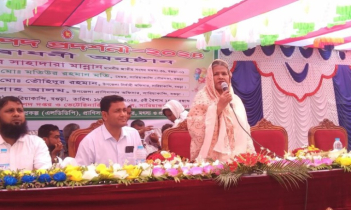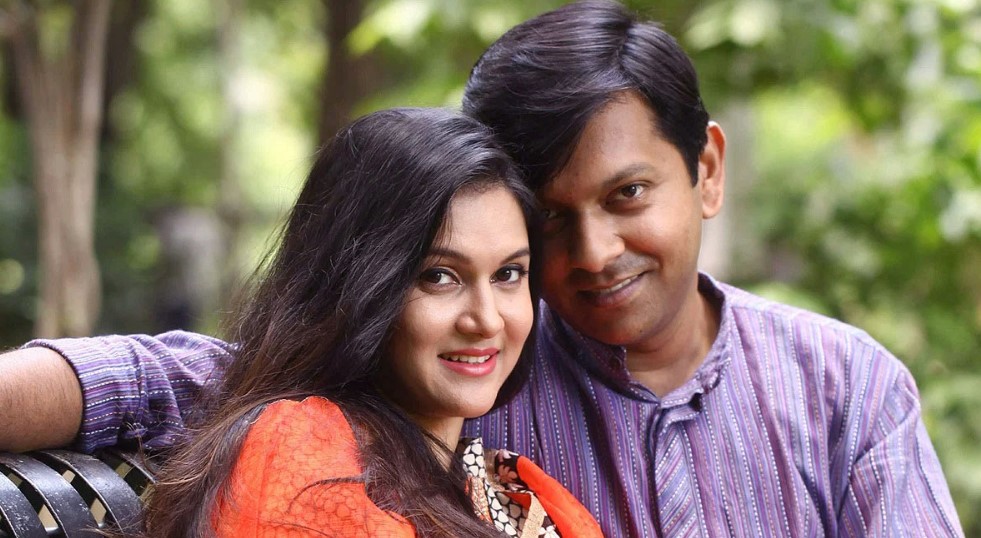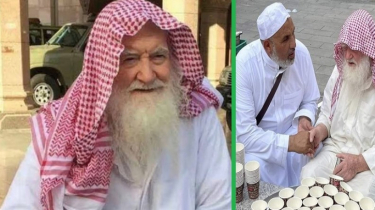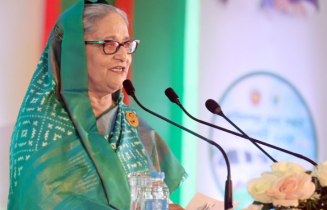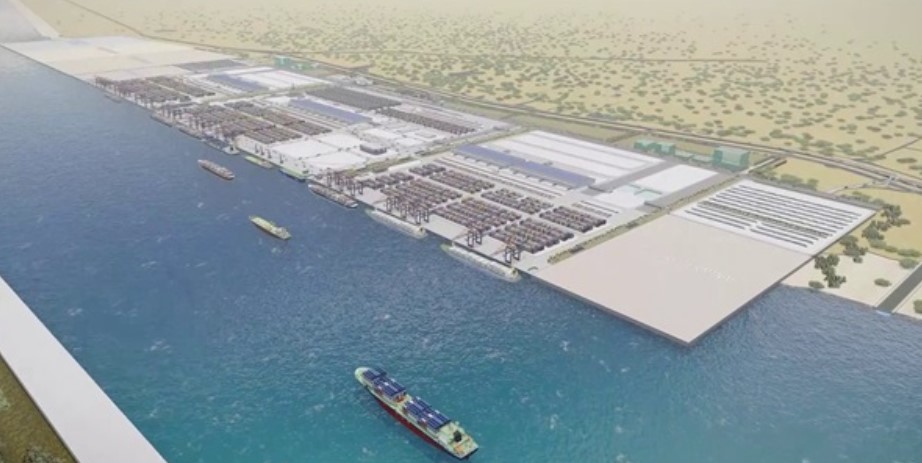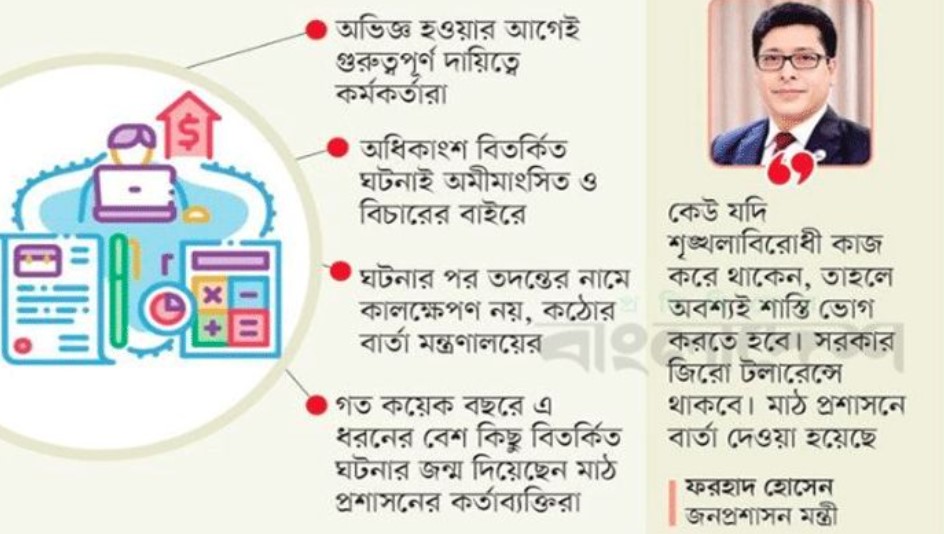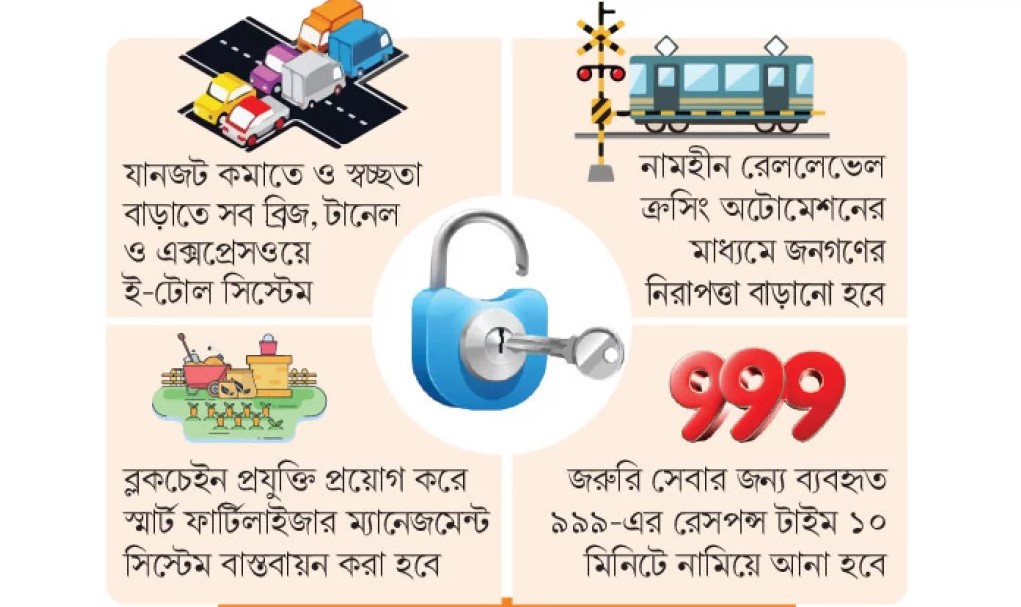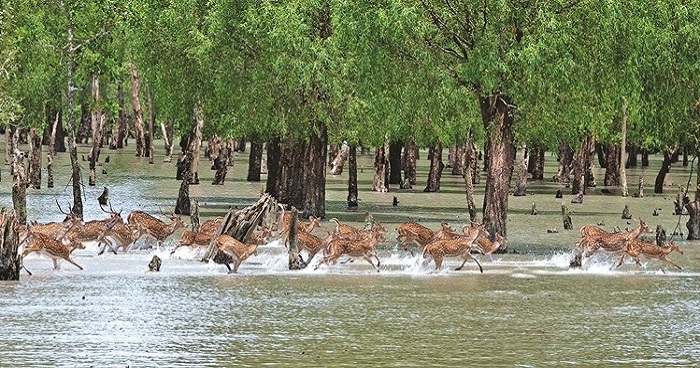
For the first time, I had come across the name of Bangladesh when I was studying at the lower secondary level. When I was preparing for an interschool competition at my hometown Rajbiraj, I came to know that the national anthems of India and Bandladesh had been authored by Nobel Laureate Rabindra Nath Tagore. I read further about Bengali Language Movement and Liberation War against Pakistan during my college days. And when I joined Tribhuvan University for the second time after one decade to earn my Master’s degree in Political Science, I learnt more about the historical and political dynamics of Bangladesh.
I got another chance to know more about the arts, languages and cultures of Bangladesh from my spouse Ranju Yadav after she returned from her nine-day Bangladesh visit when she had toured prominent and beautiful places of capital city of Dhaka and the country’s most famous tourist destination Cox’s Bazar. As a guest of Shilpakala Academy of Bangladesh, she had participated there in Nepal Art Fair, Dhaka-2018. Last month I got an opportunity to visit Bangladesh for nine days under a Visit Bangladesh Programme hosted by Foreign Ministry of Bangladesh and know and understand various dimensions of the country personally. I was one of the 36 guests - journalists, writers, columnists, diplomats and government officials - representing 22 countries across the globe.
High-rise Dhaka
I was mesmerized by Shahjalal International Airport, the largest and most prominent airport of the country that is situated in the northern part of Dhaka. I had heard that the population of Dhaka is over 20 million, but during the stay I was overwhelmed by hundreds of its sky-touching buildings and wide roads, overhead bridges and flyovers. Metro rail is under construction to ease the movement of massive Dhaka commuters. It is expected to operate from 2021. The roads were a little bit crowded but the city was not polluted like Kathmandu.
We started our official visit by paying our heartfelt tribute at Shaheed Minar (Martyr Monument) in Dhaka to the martyrs who sacrificed their life during the glorious Bengali Language Movement in 1952. Then, we were taken to the 800 year old Dhakeshwari Temple (Durga Mandir) built in the 12th century by Ballal Sen, a famous king of Sen Dynasty. There, we observed pooja, talked with priests and enjoyed the rhythms of Dhol. We felt esteemed entering and observing the Dhaka University; touching the walls of over a century old university was a thrilling moment. After lunch, we entered Liberation War Museum at Sher-e-Bangla Nagar to internalise the historic moments of then East Pakistan’s Bengali people’s Liberation War against then West Pakistan. We came across the notes and nuances of Bangladesh’s violent Independence Movement through installations and pictorial illustrations in the War Museum.
The second day of our visit was December 16 that is annually marked as a Victory Day in Bangladesh. On the same day in 1971, the Pakistani forces had surrendered before the joint forces of Bangladesh Mukti Bahini and Indian Army. Foreign Ministry officials took us to show the growing military strength of the country displayed during a massive cultural-cum-military function held at National Parade Ground. Bangladesh, in terms of military strength, is rated as third in South Asia and 45th in the world. Watching the floating of dozens of fighter planes in the sky of Dhaka from the Parade Ground was unprecedented for a Nepali like me. Bangladesh President Abdul Hamid and Prime Minister Sheikh Hasina had graced the grand function that had presented the social, cultural, economic and digital maps of today’s Bangladesh. In the afternoon, we went to Bangladesh National Museum that showcases geographical details of Bangladesh as well as art, culture, costume, lifestyle of diverse castes, ethnic groups and religions of the country. Although Islam is a major and dominant religion of Bangladesh, the National Museum heralds a strong message of co-existence between all faiths, religions and ethnicities as per the secular spirit of the country.
On the third day, we went to Bangabandhu Memorial Museum at Dhanmondi to appreciate the contribution and sacrifice of Sheikh Mujibur Rahman, the founding father of Bangladesh as well as the father of Prime Minister Sheikh Hasina. He was assassinated along with his 17 other family members on August 15 in 1975 nearly four years after the creation of the country. The house where Bangabandhu and his family members were massacred has been turned into a museum. The museum not only reminds of the brutal killing of Bangabandhu but also demonstrates the huge sacrifice of current PM’s family in the foundation of the country. That is why hundreds of the people come to the museum to pay tribute to the departed souls.
When we visited the gigantic but architecturally magnificent building of National Parliament called Jatiya Sangsad in the afternoon, we were very much fascinated by its unique outlook and interior design. The Parliament building, designed by eminent architect Louis I. Kahn, is one of the largest legislative complexes in the world. The entire complex covers an area of 215 acres and includes lawns, a lake and offices for the members of Parliament.
Beautiful countryside
On the fourth day, we left Dhaka for the Sundarban, the world’s largest mangrove forest. We landed at Jashore Airport and rushed to Khulna city by tourist bus where we stayed one night. In the afternoon, we left the hotel at Khulna for Tungipara of Gopalganj district, the ancestral village of PM Hasina, where not only her father but she also was born.
We visited the Mausoleum of Bangabandhu. According to the local people, the Mausoleum is a very revered place for them. On the next morning, we left Khulna city for Mongla Port to board two cruise liners. On the way to Mongla Port, we visited the 15th century Sixty Done Mosque, another world heritage site, at Bagerhat. From Jashore Airport to the Mongla Port, we enjoyed the scenic beauty of Bangladesh’s rural area. The countryside is blessed with countless wetlands.
When we boarded Cruise Liner at Mongla Port, it was a thrilling experience for me because I have never had such experience in my life. We spent two days and two nights on the cruise. We ate, slept, sang and danced on the middle-sized cruise. During the stay on the cruise, we visitors from 22 countries as well as hosts from Foreign Ministry and PMO became more familiar and closer to each other. By the cruise, we travelled around some parts of the vast Sundarban. We saw a number of deer and monkeys from close distance. Varieties of birds were another attraction for us. Unfortunately we could not see even a single Bengal tiger for which the Sundarban is world famous.
We were accompanied by a forest guard with gun throughout our journey at the Sundarban to save us from the fierce creatures of the jungle. A small boat that was tied behind the cruise would be used to take us to the shores of the Sundarban. We entered the dense forest of the Sundarban for at least five times. My stay on the cruise and visit around and inside the Sundarban will be unforgettable throughout my life. On December 21, we returned to Dhaka by the same land and air routes.
New South Asian tiger
Bangladesh is economically emerging as a South Asian tiger. India and Pakistan’s economic growth rate are around 5 and 6 per cent respectively. However, Bangladesh’s economic growth rate is over 8 per cent. The country has controlled its population considerably. Bangladesh is one of the most investment-friendly countries in the world.
Prime Minister Hasina had launched Digital Bangladesh Programme in 2009. Information technology sector has remarkably expanded and the government sector too has been brought under the digital platform. As a result, Bangladesh is the world’s second largest country in terms of having online workers.
The growth of Bangladesh’s industrial sector is the most remarkable. The export of Bangladesh-made garments is increasing by 15 to 17 per cent yearly. By 2018, the export of Bangladesh garments had reached 26.7 billion US dollars. The Hasina government has a target to increase the export to 50 billion US dollars by 2021 when the country would celebrate its 50th birth anniversary.
Its gender index is hiking fast. Not only its Prime Minister, Main Opposition Party leader and Speaker are women, the share of women workers in the industry sector is above 35 per cent. The country has a lot of such new records to take pride in.
When Bangladesh Foreign Minister Dr. A. K. Abdul Momen and Salman F. Rahman, advisor for private sector development affairs to Prime Minister Hasina, welcomed us at a dinner reception during the closing ceremony of the Visit Bangladesh Programme-2019, they proudly shared their success stories that the country politically, socially and economically achieved under the leadership of Prime Minister Hasina. On the occasion, they also urged the investors and entrepreneurs across the world through us to invest in their country, stating that their country was one of the friendliest countries for capital investment and earning money. On Bangladesh’s relationship with Nepal, Foreign Minister Momen remarked that the bilateral relationship was always sweet while the PM’s advisor disclosed his government’s plans to import thousands of megawatts of hydroelectricity from Nepal in the coming years to sustain the growing industry sector of his country.
I cannot forget the love and goodwill that Bangladeshi people and friends showered on us during the visit. Especially a lot of Bangladeshi friends of my wife welcomed me warmly and offered ethnic cuisines. Similarly, dozens of Nepali students studying medicine, veterinary science and agriculture in various colleges and universities came to meet me at the hotel in Dhaka and shared a lot of things with me. When I was heading to Dhaka International Airport on my way home on December 22, I asked the driver of the bus carrying me whether he was happy with his Prime Minister and the current government. He said, “Yes, I am very happy with my Prime Minister and her government because she is heading the country to development and prosperity.”
দৈনিক বগুড়া

